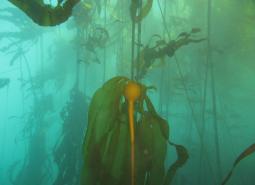The Conservation Strategy identifies 294 Strategy Species, which are Oregon’s “Species of Greatest Conservation Need”. Strategy Species are defined as having small or declining populations, are at-risk, and/or are of management concern. Oregon’s Strategy Species include 17 amphibians, 58 birds, 29 mammals, 5 reptiles, 60 fish, 62 invertebrates, and 63 plants and algae. Information on the Special Needs, Limiting Factors, Data Gaps, Conservation Actions, and available resources are listed for each of Oregon’s Strategy Species.
Strategy Species are designated by ecoregion, based on conservation need and opportunities, rather than at a statewide level. The ecoregions designated for each species represent the highest priorities for implementing conservation actions for individual species. Some species occur in ecoregions other than where they are designated as a Strategy Species; conservation actions implemented in these ecoregion(s) will also contribute to the overall conservation success for the species.
Although efforts were made to standardize the conservation criteria used to determine Strategy Species, some variation exists between taxa. For more information, see Methods for Determining Strategy Species. For some species, not enough information was known to determine whether a species meets the conservation criteria to qualify as a Strategy Species. The Conservation Strategy identifies these species as Data Gap Species.
Although the focus of this section is on the requirements of Strategy Species and the actions needed to conserve them, it also takes a broader view of fish and wildlife conservation and includes information on naturally-occurring Fish and Wildlife Diseases and Animal Concentrations.
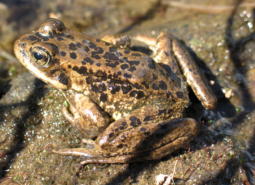
Amphibians
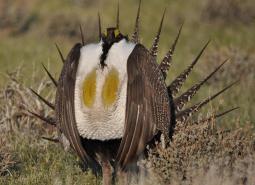
Birds
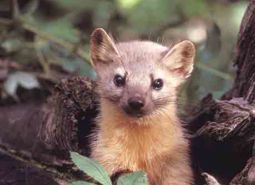
Mammals
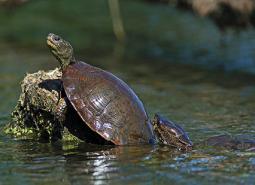
Reptiles
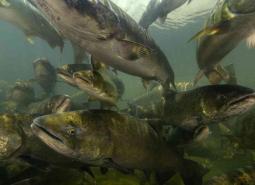
Fish

Invertebrates
